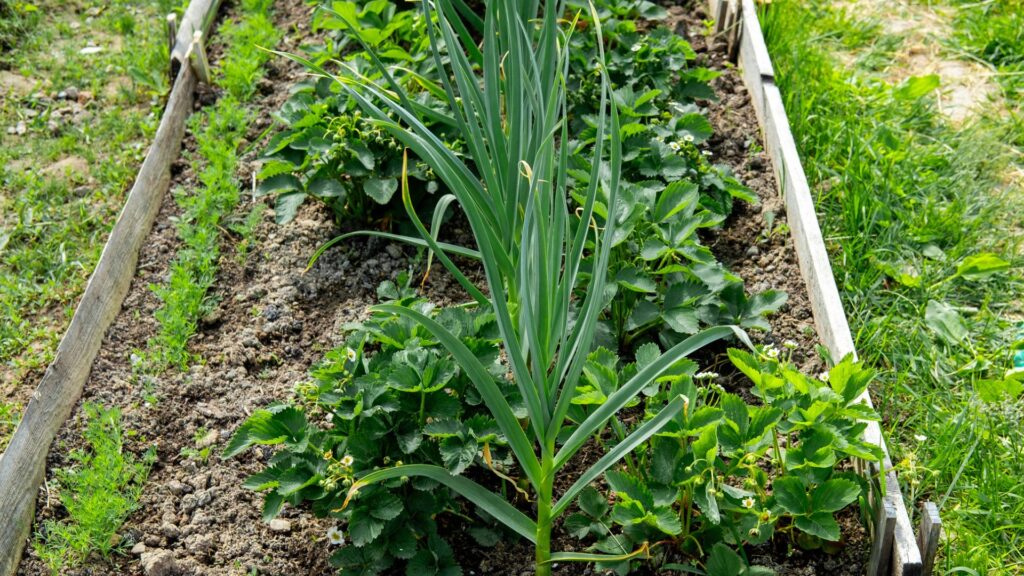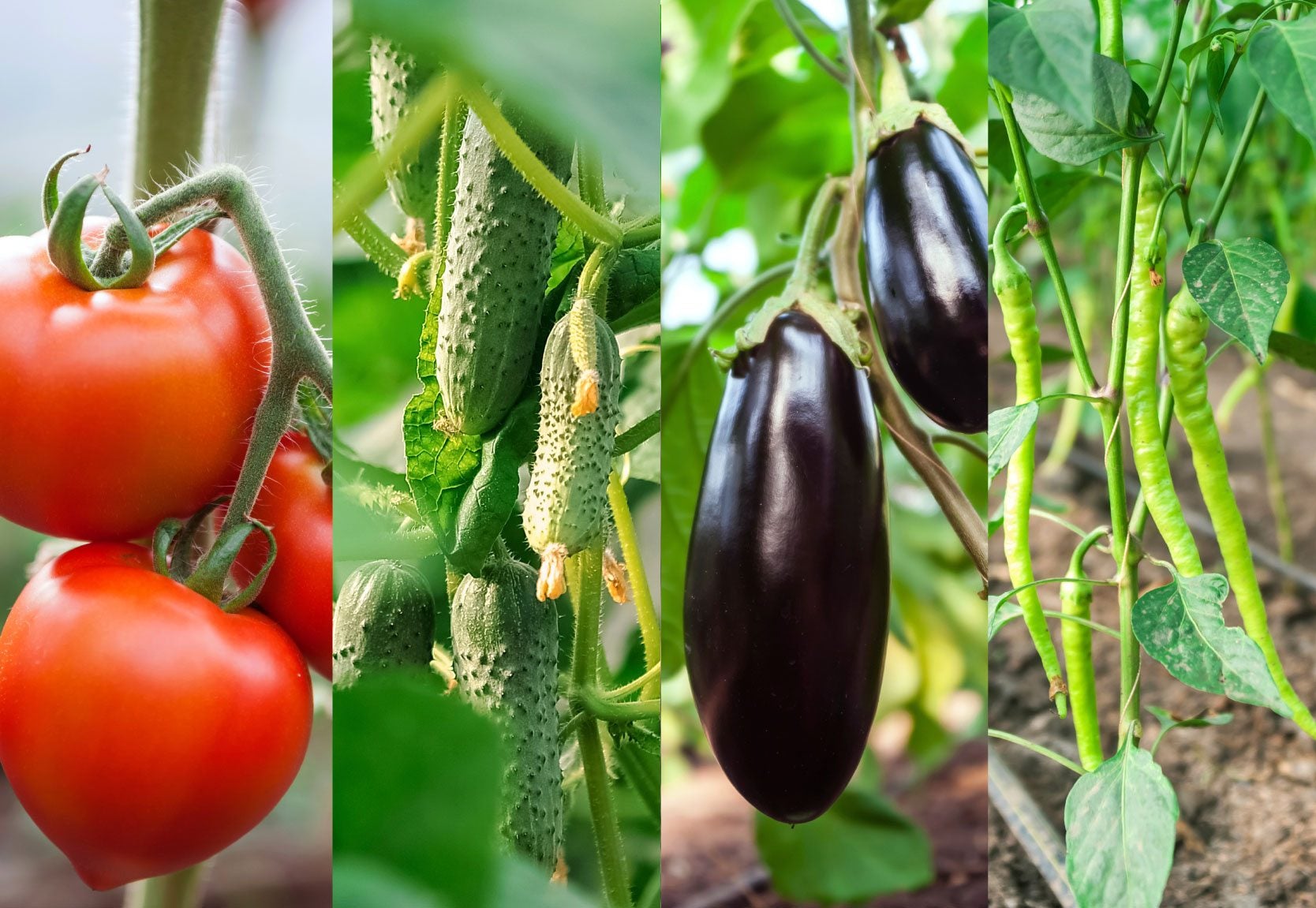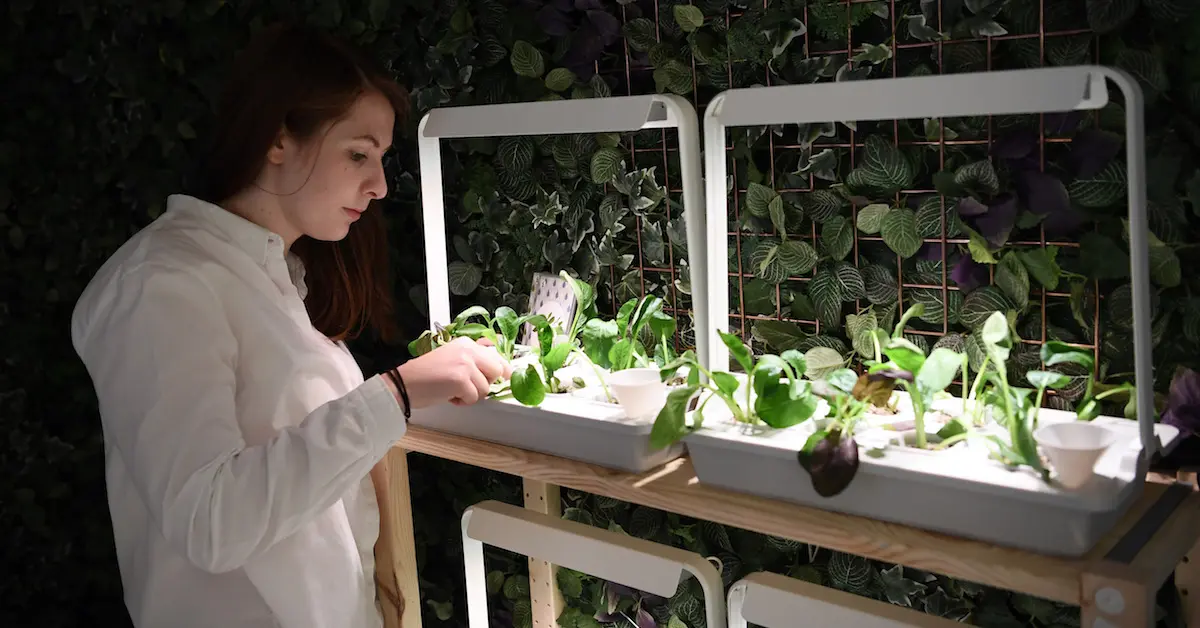Companion planting is an old gardening practice. It is about growing certain plants together to help each other. Some plants protect others from pests, while some improve soil health. Others attract pollinators like bees and butterflies. This method not only saves space but also increases yield.
For Indian gardeners, companion planting is very useful. Most of us grow vegetables, herbs, and flowers in small spaces like balconies, terraces, or kitchen gardens. Choosing the right plant combinations can make gardening easier and more rewarding.
What is Companion Planting?

Companion planting means growing two or more crops near each other for mutual benefit. For example, planting marigolds near tomatoes can keep away harmful insects. Similarly, basil grown near brinjal (eggplant) can repel pests and improve flavour.
The idea is simple. Plants have natural strengths. Some release strong scents to confuse pests. Some fix nitrogen in the soil to help neighbouring plants grow better. When chosen wisely, companions create a mini ecosystem in your garden.
Benefits of Companion Planting
- Natural Pest Control
Certain plants repel harmful insects. For example, neem, marigold, and basil can protect nearby crops. - Better Growth
Some plants enrich the soil by fixing nitrogen. Legumes like beans and peas are great companions for leafy vegetables. - Efficient Space Use
Tall plants provide shade for small ones. For example, corn can shade spinach or lettuce in hot summers. - Attracting Pollinators
Flowers like sunflowers, marigolds, and zinnias bring bees and butterflies. They help in better pollination of vegetables and fruits. - Improved Flavour
Herbs like basil and coriander improve the taste of nearby vegetables.
Also Read Intermittent Fasting on a Vegan Diet: A Complete Guide for Indian Lifestyles
Best Companion Planting Combinations for Indian Gardens
1. Tomato (Tamatar) Companions
- Good Companions: Basil (tulsi), marigold (genda), garlic, onions, spinach.
- Benefits: Basil repels pests and makes tomatoes taste better. Marigold fights nematodes. Garlic keeps away aphids.
2. Brinjal (Baingan) Companions
- Good Companions: Beans, basil, spinach, coriander.
- Benefits: Beans enrich soil with nitrogen. Basil reduces attack from beetles.
3. Chilli (Mirchi) Companions
- Good Companions: Onion, garlic, marigold, coriander.
- Benefits: Strong-smelling plants keep away pests. Coriander also attracts beneficial insects.
4. Cabbage and Cauliflower (Patta Gobhi & Phool Gobhi)
- Good Companions: Dill, coriander, beans, onions.
- Benefits: Dill attracts beneficial insects. Beans enrich soil. Onions repel cabbage worms.
5. Beans and Peas (Rajma & Matar)
- Good Companions: Spinach, carrots, radish, cucumber, brinjal.
- Benefits: These crops improve soil by fixing nitrogen. They grow well with leafy greens.
6. Cucumbers (Kheera)
- Good Companions: Corn, beans, sunflowers, radish.
- Benefits: Corn provides support. Beans add nitrogen. Radish keeps away cucumber beetles.
7. Carrots (Gajar)
- Good Companions: Onions, leeks, garlic, lettuce, beans.
- Benefits: Onion family plants keep away carrot flies. Lettuce gives shade to young carrots.
8. Spinach (Palak)
- Good Companions: Beans, peas, radish, strawberries.
- Benefits: Beans give nitrogen. Radish breaks soil for spinach roots.
9. Corn (Makka)
- Good Companions: Beans, pumpkin, cucumber.
- Benefits: Beans climb the corn stalks. Pumpkin spreads on the ground to keep soil cool and moist. This is called the “Three Sisters” method.
10. Herbs as Companions
- Basil: Great for tomatoes, brinjal, and chillies.
- Coriander: Good for almost all vegetables, attracts pollinators.
- Mint: Repels ants and pests but must be grown in pots, as it spreads fast.
Plants That Should Not Be Grown Together
Not all plants are good neighbours. Some compete for nutrients or attract harmful pests when grown together.
- Tomato and potato: Both attract similar diseases.
- Onion and peas: Onions slow down pea growth.
- Cabbage and brinjal: Both attract pests like flea beetles.
Knowing these mismatches is important to avoid poor yield.
Companion Planting Tips for Indian Gardeners
- Plan Before Planting: Decide which vegetables, herbs, and flowers will go together.
- Use Vertical Space: Grow creepers like beans, cucumber, or bitter gourd on trellises with ground crops like spinach below.
- Rotate Crops: Don’t grow the same combination in the same spot every year. Rotation improves soil health.
- Mix Flowers and Herbs: Add marigold, basil, or coriander between vegetable rows. They keep pests away and attract pollinators.
- Experiment Small: Try different combinations in small patches before using them widely.
Example of a Simple Companion Planting Layout
- Row 1: Tomatoes with basil and marigold.
- Row 2: Beans with spinach.
- Row 3: Corn with cucumber and pumpkin.
- Row 4: Cabbage with onions and coriander.
This setup will reduce pests, improve soil, and increase yield in a small kitchen garden.
FAQs on Companion Planting
Q. Can I practice companion planting in pots or balcony gardens?
Yes. Even in containers, you can grow small combinations like tomatoes with basil or chillies with coriander.
Q. Do I still need pesticides if I use companion planting?
You may not need chemical pesticides. But you should still keep an eye on pests and use organic solutions if required.
Q. How close should I plant companions?
Plant them close enough to benefit each other but with enough space for proper growth.
Q. Can flowers also be part of companion planting?
Yes. Flowers like marigold, nasturtium, and sunflower are excellent companions for vegetables.
Q. Is companion planting useful for Indian climates?
Absolutely. Since Indian weather attracts many pests, companion planting is a natural way to protect plants.
Final Thoughts
Companion planting is a smart, natural, and eco-friendly way to improve your garden’s health. By growing the right plant combinations, you can reduce pests, save money, and enjoy better harvests. For Indian gardeners, it is especially useful because it works well in both small urban spaces and larger rural fields.
Whether you are growing tomatoes on your terrace or planning a full vegetable patch in your backyard, companion planting will make your gardening more rewarding and sustainable.











